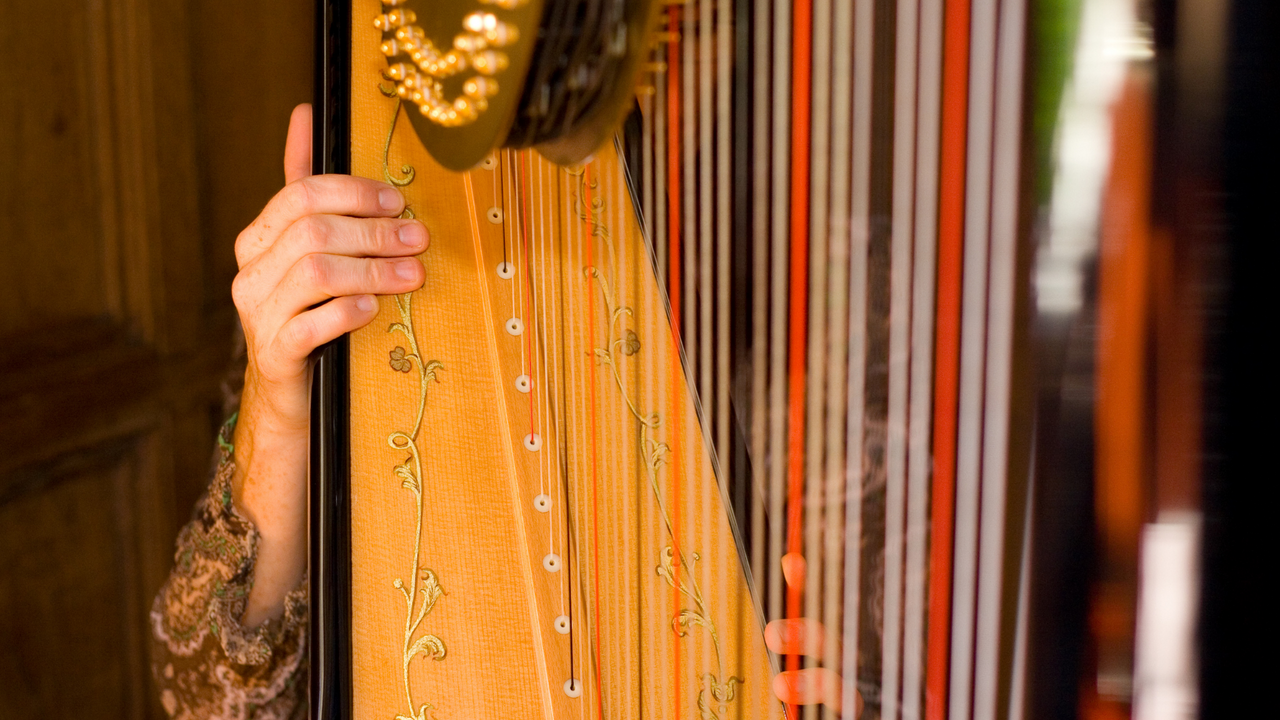Four “Smart” Finger Patterns You Must Know
Jan 04, 2023
I have an entire closet filled with music. It’s organized and filed in boxes, or at least most of it is. And four of those boxes are dedicated just to etudes and exercises. Those books of drills and studies have something important in common; they help you develop a very special skill, one that one of my students refers to as “finger smarts.”
“Finger smarts” is our term for a level of technical competency, where your fingers develop a swift, sure and automatic response to the patterns you encounter in music every day. If that sounds like an impossible ideal to you, remember when you were a brand-new beginner harpist. At that stage, simply putting your fingers on the strings felt awkward and uncomfortable. After a short time, your fingers became accustomed to the feel of the strings and the first fundamentals of harp technique. As you progressed in your studies, your fingers became more adept and needed less of your conscious attention to perform routine musical tasks.
Often, however, as our playing becomes more skilled we neglect the foundational skills that are necessary to maintain and increase our technical proficiency. Without frequent and focused work on these skills, our fingers don’t get any smarter.
Before you load your practice time with pages from every technique book you own, you should know that all these excellent books work on developing finger smarts with just four basic patterns. Each book has a unique perspective on the patterns, but there are truly only four types of patterns which must be automatic and effortless for your fingers:
- Scale patterns.
- Interval patterns.
- Arpeggio and chord patterns.
- Combination patterns.
Obviously, scales, intervals, arpeggios and chords are the patterns that comprise most of our music. When you recognize these at sight, you can read and learn music faster. When your fingers execute them automatically, your reading and learning speed is supercharged. You don’t have to think about which finger to use; your fingers respond automatically. Yes, you will still have fingerings that are unique to each piece, but most of your fingering choices will be made without your conscious decision. Imagine how much simpler learning and playing music is when your fingers are this smart!
The fourth pattern type is more complex. These are the patterns that test your fingers in different shapes and sequences, The patterns are less regular and more intricate. We encounter them in twisty passages that require unusual finger crossings or playing your fingers out of numerical order. Also in this category are those patterns that use the fingers in different combinations and groupings, like playing 1 and 3, then 2 and 4. Developing fluency with these types of patterns is key to a solid technique and smart fingers.
When I am asked which technique book I think is the best one, I am hard pressed to give an answer. The path to a great technique is not found in a single book, or rather, it can be found in all of them. I believe the simplest way to technical proficiency on the harp lies in practicing these four types of patterns, with or without a book, practicing them regularly and with the aim of developing a swift, sure and automatic response in your fingers. That’s not only “finger smarts,” it’s just plain smart harp playing!
GET OUR BLOG POSTS DELIVERED WEEKLY
We hate SPAM. We will never sell your information, for any reason.


